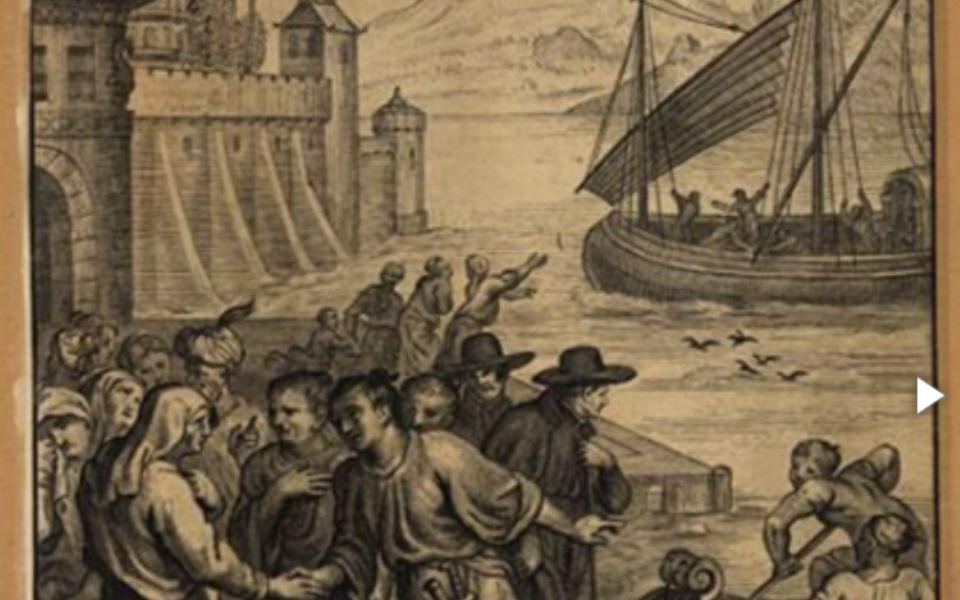
The meaning of concepts such as Europe, Japan, China was by no means obvious in the sixteenth and seventeenth century, when European, Japanese and Chinese scholars, merchants, cartographers, Christian missionaries, Buddhist monks, and Confucian literati were first trying to relate these terms to intelligible geographic as well as civilizational concepts. Specifically, until the mid-sixteenth century, Japan, both as a place and civilization, was not included in any European images of the world.
The shipwreck around 1542-1543 of a Chinese junk on the island of Tanegashima, south of Kyushu, led to the first landing of Portuguese merchants on Japanese soil. Just a few years later, in the summer of 1549, the Jesuit Francisco Xavier landed another Chinese junk at the extreme south-west of Kyushu, marking the beginning of the Mission of Japan. From that moment, foreigners (whether Portuguese, Spanish or Italian) were characterized as nanbanjin, i.e. as barbarous (ban) people (jin) from the south (nan), in accordance with the Chinese practice of regarding all foreigners as “barbarians”. The term nanban developed a wider application: nanban bijutsu (nanban art), nanban bunka (nanban culture), nanban bungaku (nanban literature), and nanban boeki (nanban commerce).
Through a rich cluster of documents, including maps, town views, Jesuits letters, books, and objects, the exhibition explores the articulated and polyphonic events of the first encounters between Japan and Europe.
The title of the exhibiton is taken from the chapter Description of Japan and its books, paper, ink, and letters from the book by Portuguese Jesuit Luís Fróis, Striking Contrasts in the Customs of Europe and Japan written in 1585. This text, structured as a comparison of and confrontation between Japanese and European cultures, reveals Fróis’ sensibilities and capacity for observation, inviting us to remember that alterity, even at its most extreme, does not exclude the possibility of recognizing and respecting ourselves as part of the same humanity.
Exhibition accomplished under the Project Interactions between rivals: the Christian Mission and the Buddhist sects in Japan during the Portuguese presence (c.1549-c.1647) (PTDC / HIS-HIS / 118404/2010).
Coordination
Alexandra Curvelo (CHAM)
Angelo Cattaneo (CHAM)
Organised by
CHAM / NOVA FCSH | UAc
BNP
Sponsor
Jorge Welsh







